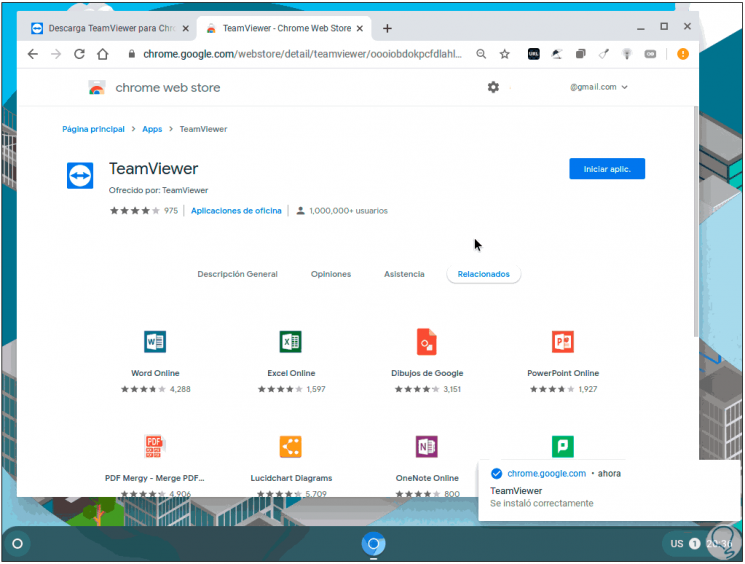
Under Windows, it supports copying and pasting across the two devices and real-time audio feed as well, but lacks an option to disable sharing and transmission of the audio stream.

The protocol uses VP8 video encoding to display the remote computer's desktop to the user with high performance over low bandwidth connections. This method of connection will also periodically block out the control from the connecting user, requiring the person on the host machine to click a button to "Continue sharing" with the connected client. In contrast, Remote Assistance is designed for short-lived remote connections, and requires an operator on the remote computer to participate in authentication, as remote assistance login is via PIN passwords generated by the remote host's human operator. The Chrome Remote Desktop allows a permanent, pre-authorized connection to a remote computer, designed to allow a user to connect to another one of their own machines remotely. This is available for Microsoft Windows, OS X, Linux and Chrome OS. A Chromium-based browser that supports Chromium extensions such as Google Chrome or Microsoft Edge must be used. If the computer hosts remote access, such as for remote support and system administration, a server package is downloaded. The client software is also available on Android and iOS. The browser must support WebRTC and other unspecified "modern web platform features". The Chrome Remote Desktop client was originally a Chrome extension from the Chrome Web Store requiring Google Chrome the extension is deprecated, and a web portal is available at.


 0 kommentar(er)
0 kommentar(er)
